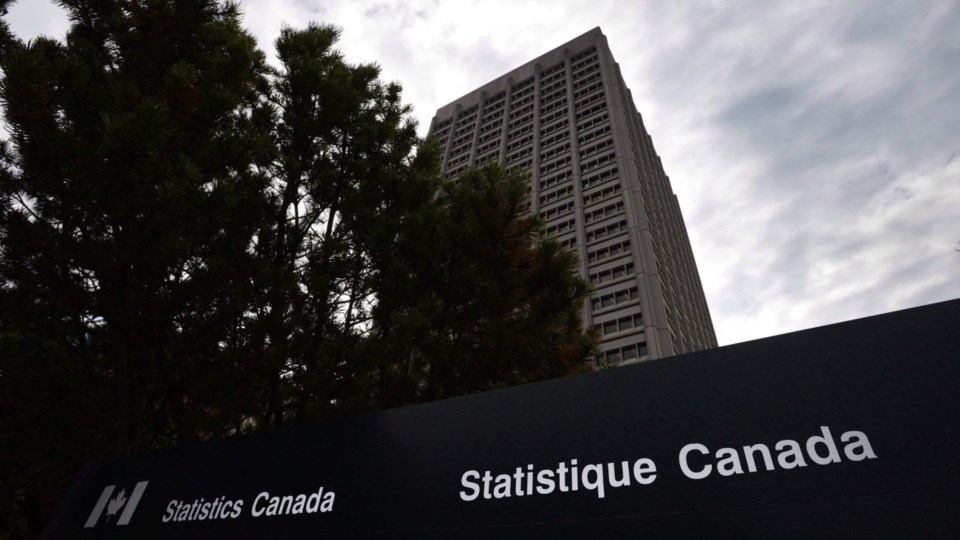The 2016 long-form census had a high rate of return, and this will in turn have a benefit for municipalities, said Mayor Debra Button, president of the Saskatchewan Urban Municipalities Association.
Saskatchewan Urban Municipalities Association had an information campaign to urge residents to make sure they filled out the census forms, which would in turn help out the municipalities.
In a letter to the city from Canada’s chief statistician, Wayne R. Smith, the national response rate was the best-ever recorded at 97.8 per cent.
“With the active participation by nine in 10 Canadian households who completed their short and long-form questionnaire without assistance from Statistics Canada, and the world-record Internet response rate of 68.3 per cent, 2016 is undeniably the most efficient among traditional censuses conducted in the world.”
The first dissemination of data from the compiled census results will occur on February 8, 2017, and all census data will be provided within 18 months of collection.
Button said in previous census collections, the rate of returns was not good, and without the long-form census which was cancelled in 2010 by the Conservatives, municipalities did not receive much usable data to help them.
“We’re thrilled to see the number of people who completed the census forms,” she said, pointing out that, besides the data on demographics and city residents they will receive, the numbers are used by provincial and federal governments for determining per-capita grant levels.
“It is vital for local decision makers to have access to accurate and reliable information collected through the census when developing policies that will shape our province’s future,” said Mayor Button. “We rely on this data to make decisions that will affect the lives of everyone who lives in our communities now and for years to come.”
There are many uses of census data by municipalities, according to SUMA information.
The population numbers is used for funding transfers from the federal Gas Tax Fund, provincial revenue sharing, and in planning infrastructure projects such as water treatment facilities and schools.
Demographic information is useful to communities, such as for determining commuting routes, recreation needs in communities and planning services for visitors.
The data is also used in community planning, including accessible housing, and for municipal services like garbage pickup, police requirements and emergency planning.
Data on education levels is essential for investors looking to develop businesses and facilities.

